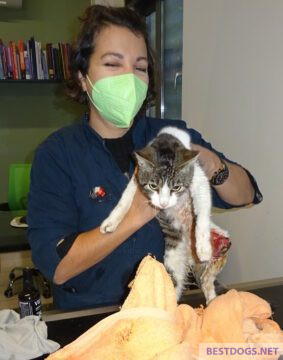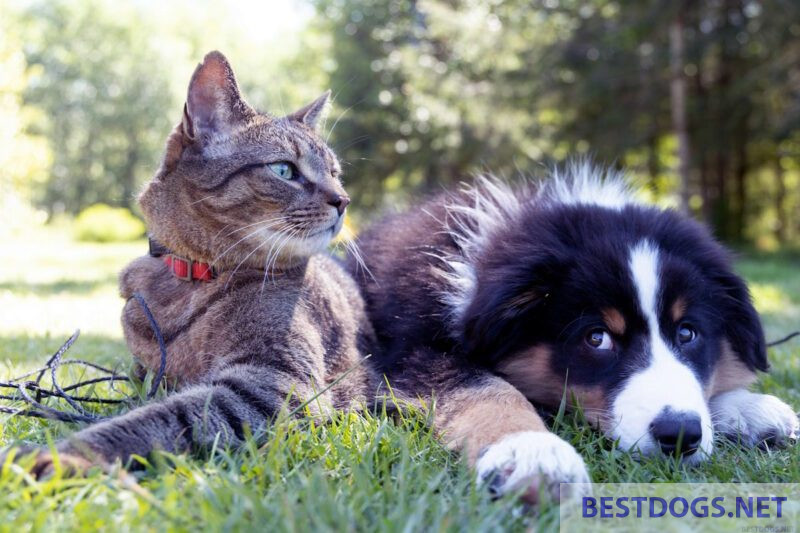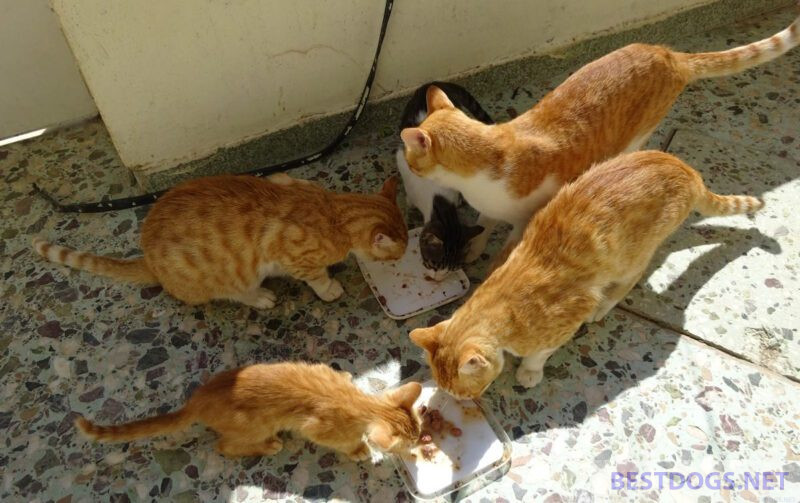Health care and prevention for feral cats and the right attitude of their carers.
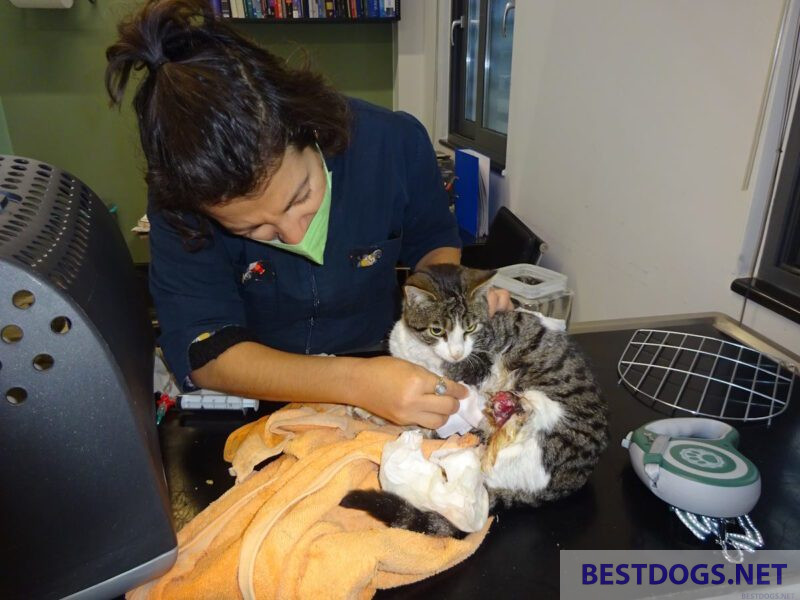

Basic health care for feral cats
Table of Contents
By nature, cats don’t need a lot of attention and care. All they need is food, shelter, health and some affection, and they are as happy as little children with ice cream.
Feral cats are particularly easy to handle, as they live independently in the wild and don’t need human affection.
Diseases
Worms
Cats, especially feral and stray cats, are susceptible to parasites such as roundworms, hookworms, coccidia and tapeworms. This can be fatal for the cat.
Deworming medication, which can be purchased from your local vet, is a lifesaver. These drugs can be mixed with wet food and given to the cats. This will eliminate these parasites.
Fleas
Fleas can be controlled with medication such as ‘Frontline’ or ‘Revolution’. If necessary, topical medication can be given while the cat is under anaesthetic for sterilisation or similar.
Rabies
Whilst feral cats are susceptible to diseases such as rabies, it is unlikely that these will be transmitted to humans. The reason for this is that feral cats shy away from humans. As long as these cats are not provoked, they will not bite. Research suggests that almost 90% of all cat bites are provoked.
In addition, most programmes where feral cats are captured, sterilised and released include a rabies vaccination.
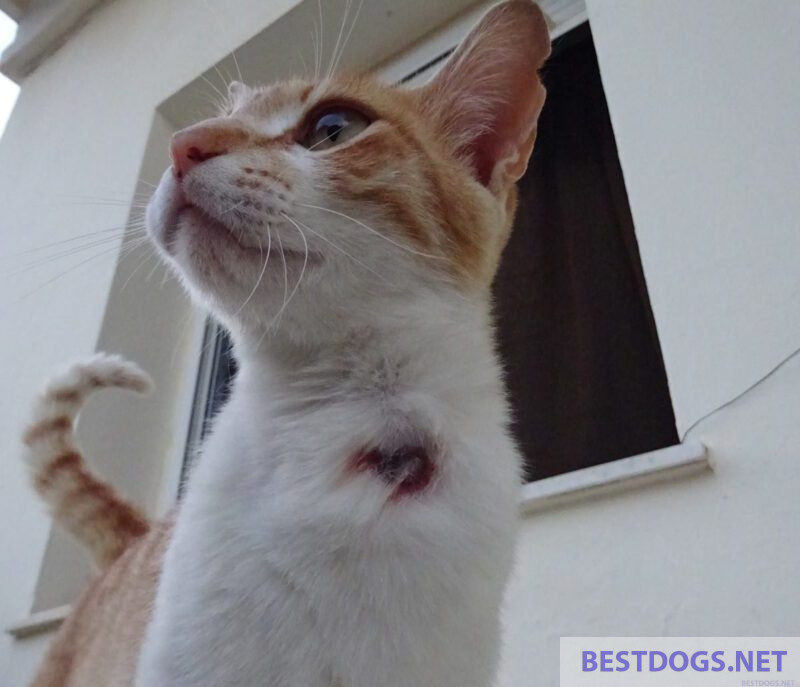
FIV infection
An FIV infection (Feline Immunodeficiency Syndrome) is very similar to HIV in humans and is mainly transmitted through bites and scratches during fights. Unlike HIV in humans, FIV is very rarely transmitted through sexual contact. However, it can also be transmitted to kittens when a mother cat gives birth.
The life expectancy of FIV cats is around 5 years, although this can vary depending on the cat’s general health and genetics.
The trapping and sterilisation of feral cats is therefore of great importance to minimise the risk of transmission, both from dams to newborns and to adult animals through cat fights.
The most common way for humans to contract any disease from cats is through the cat’s faeces. If the carers of feral cats always disinfect themselves properly afterwards, there is virtually no risk of infection.
Skin cancer
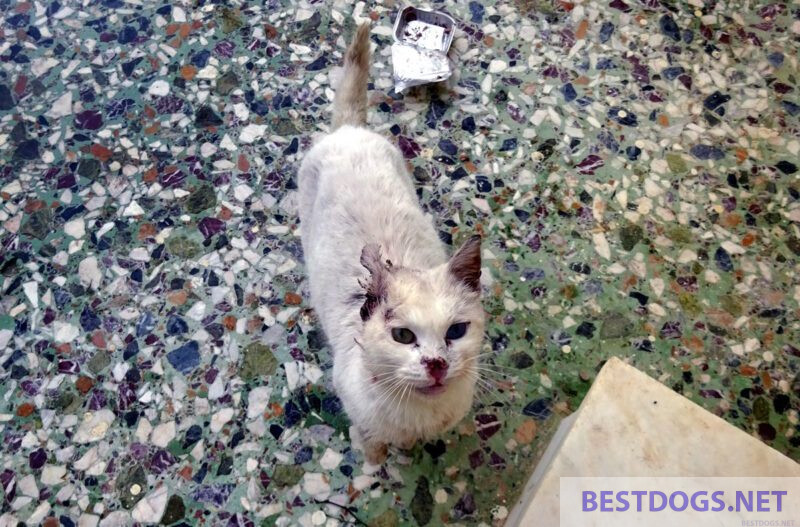
Like humans, cats can also develop skin cancer, although this is relatively rare in cats compared to other animals under normal conditions. The most common form of skin cancer in cats is squamous cell carcinoma. This type of cancer often occurs on areas of skin that are exposed to sunlight, e.g. the ears, nose and eyelids. This is why skin cancer occurs mainly in white cats in southern countries and is linked to exposure to sunlight. Constantly lying around in the sun may be pleasant for these cats, but skin cancer can quickly develop in unprotected areas, especially in white and light-coloured cats.
Here are some important points to bear in mind when it comes to skin cancer in cats:
- Sun exposure risk factor: cats with light-coloured coats or those that spend a lot of time outdoors have a higher risk as they are exposed to the sun for long periods of time.
- Age risk factor: Older cats are generally more prone to various health problems, including cancer.
Common signs and symptoms:
- Ulcerous sores or lumps on the skin.
- Lesions on the ears, nose or eyelids.
- Redness, swelling or inflammation.
- Changes in behaviour, such as increased preening or irritability.
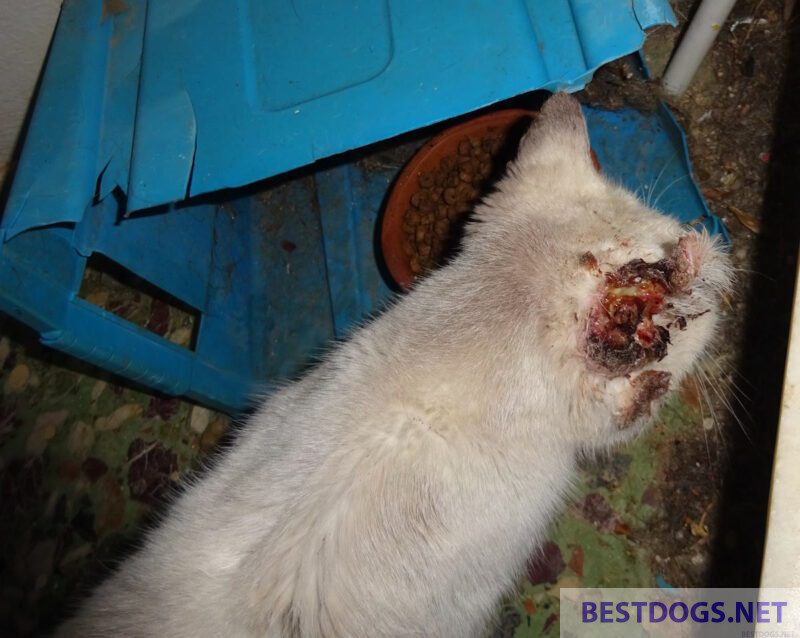
The diagnosis:
A veterinarian will perform a thorough physical examination of the affected area. A biopsy or fine needle aspiration may be performed to obtain a tissue sample for analysis.
Treatment:
Treatment options include surgical removal of the tumour. In some cases, radiotherapy may be recommended. In certain cases, chemotherapy may also be considered.

Prevention (which is of course problematic with feral cats):
Limiting sun exposure, especially during peak sun hours. Applying pet-safe sunscreen to areas exposed to the sun. Provide shaded areas for outdoor cats.
It is important to note that early detection and intervention are critical in the treatment of skin cancer in cats. If any suspicious changes are noticed on the cat’s skin, a veterinarian should be consulted immediately. Regular veterinary examinations can also help to identify potential problems at an early stage.
Accidents
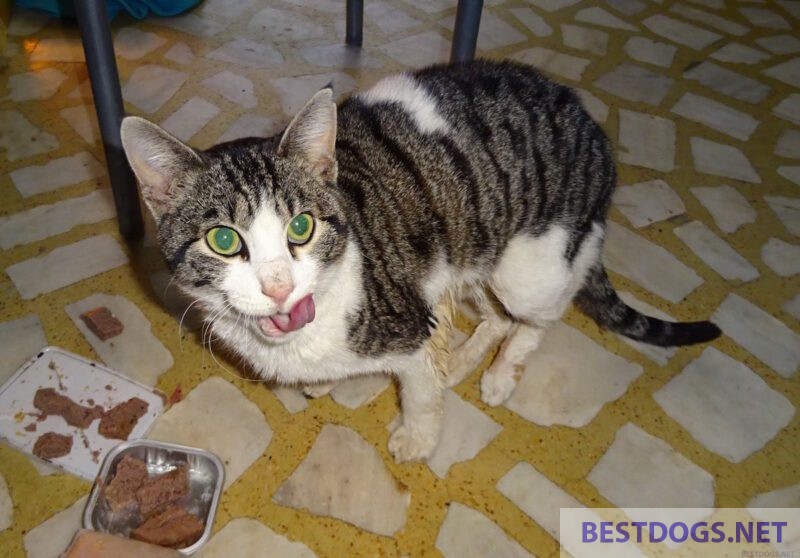
Unfortunately, accidents are also common with feral cats, and they can be hit by cars in particular.
Injuries following a car accident can range from minor to severe, and prompt medical attention can significantly improve the cat’s chances of recovery. Often a seriously injured cat will be missing for days and yet somehow manage to return to the feeding site or shelter after a period of recovery. You should then immediately check the returning cat for injuries.
This can be aggravated by the fact that the severity of a fracture can only be seen after the swelling has subsided, as here with this young cat.
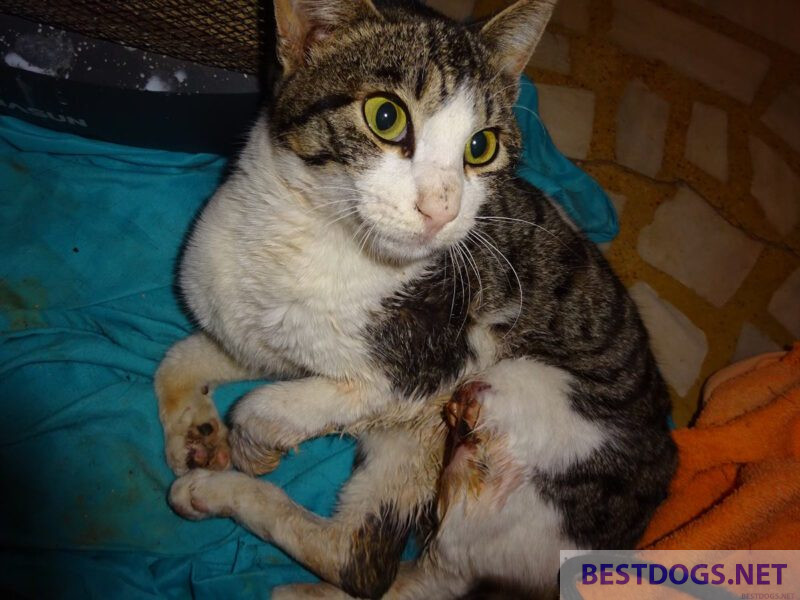
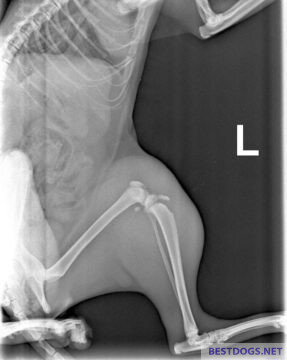
Here are some steps you can take if you suspect your cat has been hit by a car, because safety first:
- Approach the cat calmly and cautiously to avoid additional stress or injury.
- If the cat is still in a dangerous place (e.g. on a busy road), try to move it to a safer place if this can be done without causing further damage.
- Injured animals may be frightened and in pain, so handle the cat carefully and gently. A towel or blanket is used to make a makeshift stretcher for transporting the cat to the vet.
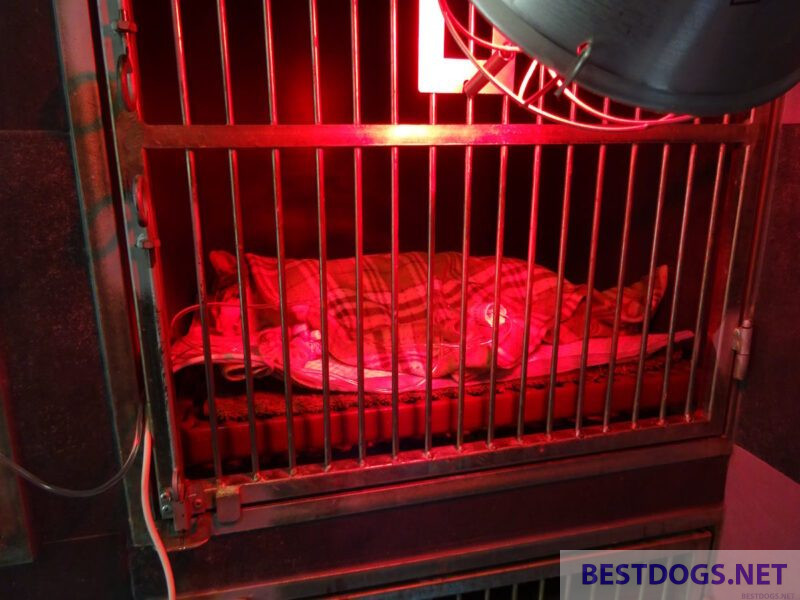
Cats involved in accidents can go into shock. Signs of shock include rapid breathing, pale gums and a weak pulse. It is not advisable to administer medication or treatment without the guidance of a vet as this could make the situation worse.
In such situations, time is of the essence and it is important to get professional veterinary help quickly. Even if the cat appears to be fine on the outside, there may be internal injuries that are not immediately recognisable.
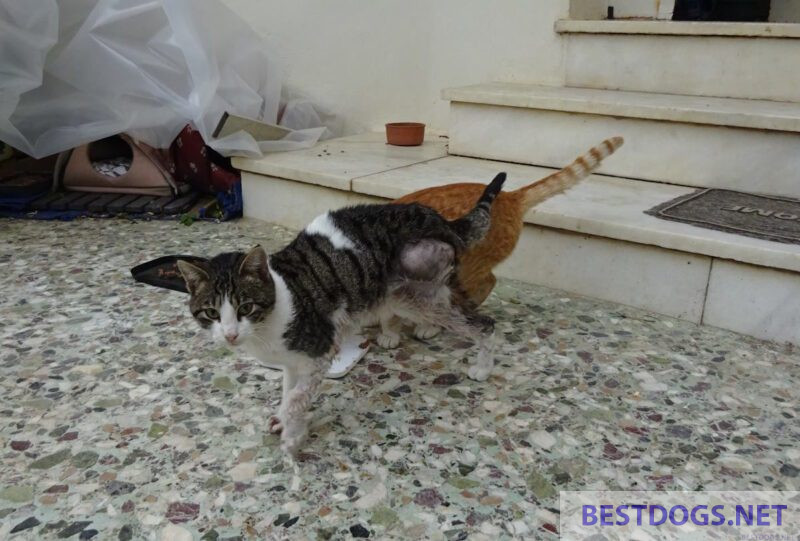
Myths
Domestic cats can get life-threatening diseases from feral cats: These diseases can never be transmitted only by feral cats. There are a number of feral animals everywhere where pets could get these diseases.
Feral cats can transmit toxoplasmosis: Another disease that can be transmitted from a feral cat to another animal is toxoplasmosis. However, these diseases are caused by uncooked food that the feral cat might eat. Therefore, if the cat is fed nutritious and healthy food, the likelihood of contracting toxoplasmosis is minimised.
Feral cats have fleas: Cats are not the only reason why there are fleas in the neighbourhood. Of course, it is true that fleas live on cats and feed on them. However, if you remove the cats, the fleas will quickly find another host. Fleas can live and feed on any living creature that has fur, is unkempt and wild. Then a raccoon, marten, dog, house cat or squirrel would become the next host.
People around the world should remember, if even one of these claims were true, that many of these people caring for colonies of feral cats must be infected with these diseases. The fact that these carers are perfectly healthy proves that all these claims are unfounded. Therefore, educating some of our contemporaries about feral cats makes sense.
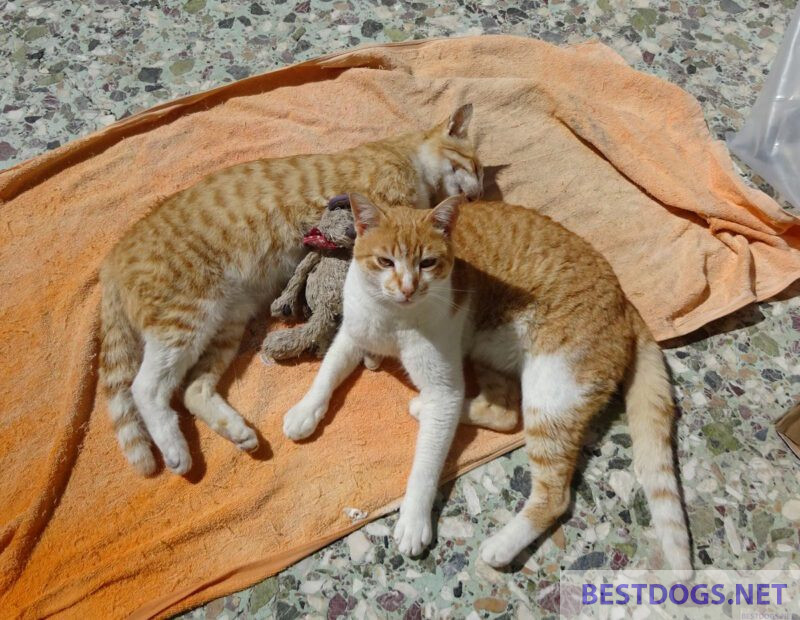
The right attitude for carers of feral cats
Most people prefer to look after their pet cats rather than feral cats. The reason for this is that domestic cats are trained animals that are also free from danger or disease. Domestic cats can entertain their carers indefinitely with their playful activities. They climb on your lap and want to be stroked. And most importantly, they are extremely affectionate and show it!
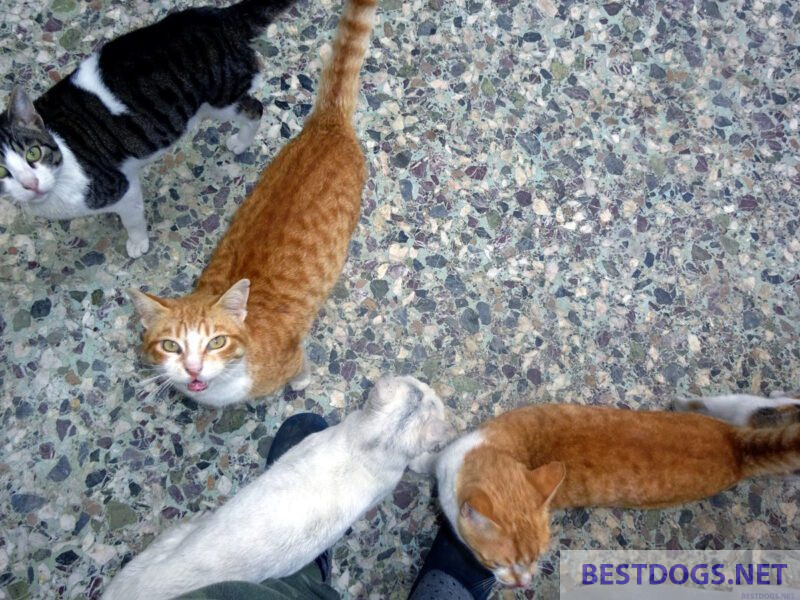
Feral cats, on the other hand, are shy of people and are afraid of human proximity and contact. An adult feral cat can take months or even years to become tame. Most of them are never tamed. The likelihood that a real feral cat will allow its carer to stroke it or stay close to it is very low.
In fact, there is even some danger in trying to pet a feral cat. Therefore, you must always remember that these are wild animals – and not a pet that lives in the care of your own home. That’s why you need to have the mentality of a friendly and loving keeper from the zoo.
Doe carers have to deal with a number of issues while rescuing and looking after these feral cats. These include:
- Emergency relocation of cats and kittens due to illness, lack of food and their safety.
- Depletion of personal funds due to vet and care costs.
- Inability to buy the food they need due to lack of funds.
- Insufficient shelter and feeding areas during the winter months.
- Travelling long distances to feed feral cats.
As a result, many people become frustrated at a certain point because they feel that their work is not bearing fruit and they are not getting any love back from the animals.
However, those who want to do something good for these cats are aware of these psychological barriers. They continue to care for the cats for the rest of their lives without expecting love in return. For them, it is a life-changing moment when the feral cat befriends them. They feel good when the feral cat has found the courage to trust them.
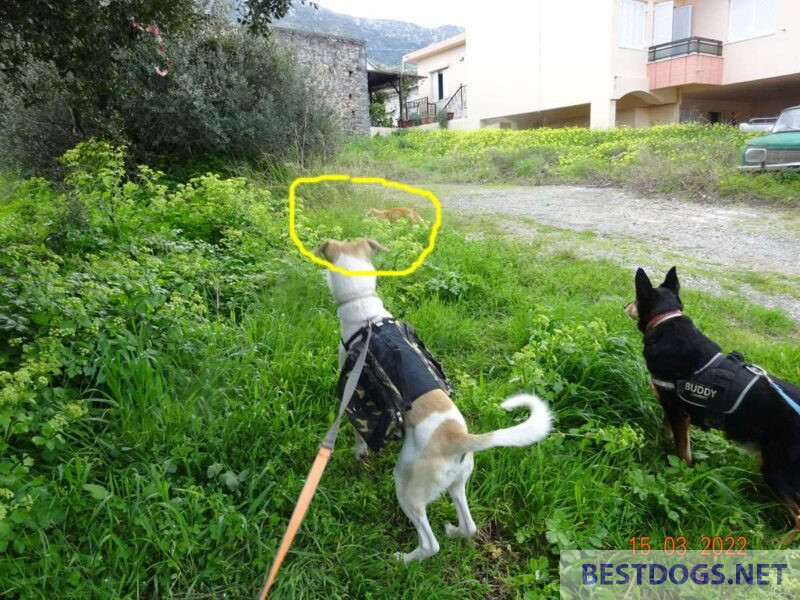
If you want to adopt a feral cat, it is best to choose a young kitten rather than an adult cat. The kitten will take anywhere from just two days to two weeks to become fully tame.
To do this, you need to give the kitten the opportunity to slowly get used to being with you all the time. You must ensure that it is fed at the same time every day. To do this, you should place a few treats on a worn T-shirt that smells like you every day so that they know who the treat master is. In this way, they become familiar with your own odour and over time get used to their human, who is always nearby.
It is advisable to talk to the kitten during everything you are doing without trying to get too close to it. You can also try reading a book with the kitten or sleeping with it in the same room.
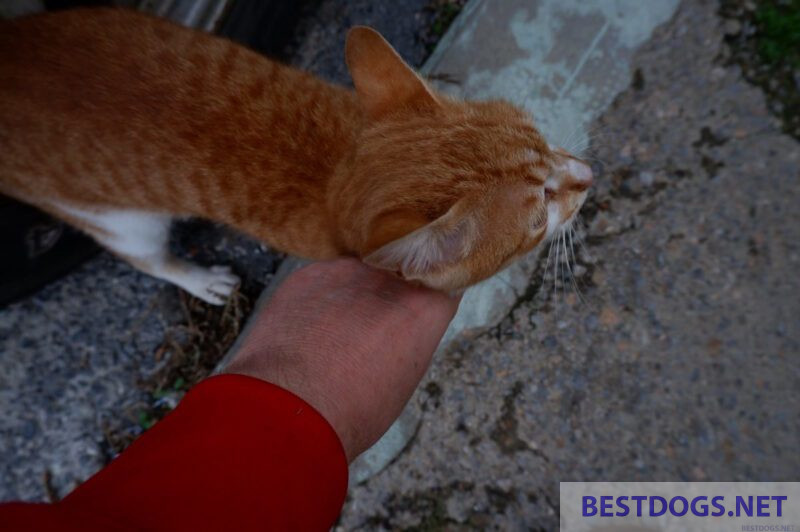
Over time, it will realise that you are not a danger to it. It will be the kitten that wants to get to know its master better and will come to you of its own accord when the time is right. When this happens, you will have a strong bond with your cat for life.
I hope the tips on this and the previous pages Shelter and feeding street cats and Rescue cats have been helpful in learning more about the process of caring for colonies of feral cats.
As a next step, it would be best to join forces with other cat lovers in the area and plan how to support these animals in need!


